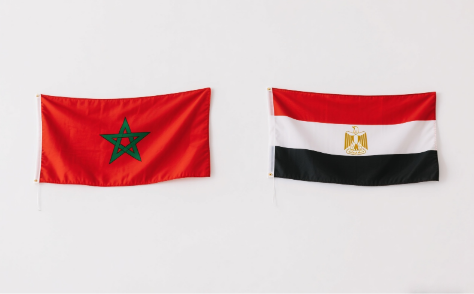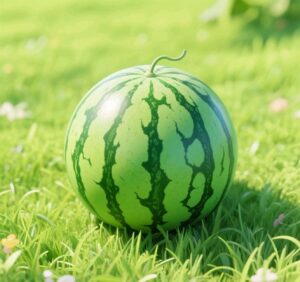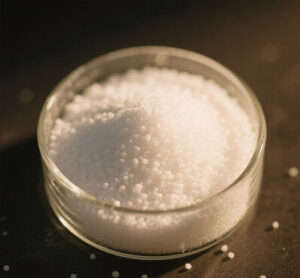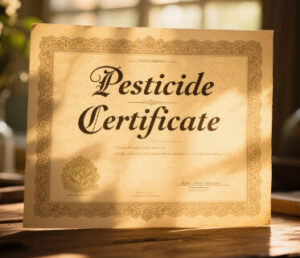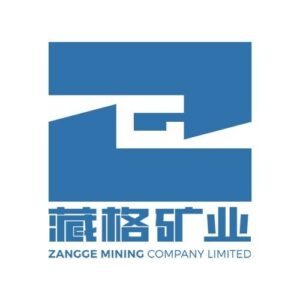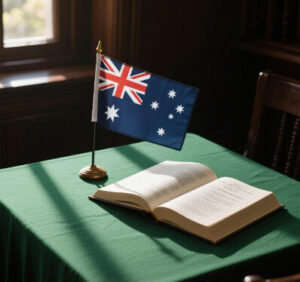The global fertilizer market is undergoing unprecedented turbulence, driven by geopolitical tensions, export restrictions, and supply chain disruptions. Prices for key fertilizers—such as diammonium phosphate (DAP, +23%) and triple superphosphate (TSP, +43%)—have surged, reshaping trade flows and forcing nations to seek alternative suppliers.
Amid this volatility, Morocco and Egypt have strategically positioned themselves as Europe’s go-to fertilizer suppliers, capitalizing on sanctions against Russia and China’s export constraints. This article examines:
-
How Morocco dominates the phosphate market
-
Egypt’s rise as a key ammonia supplier
-
Challenges facing the broader African fertilizer sector
1. Morocco: The Phosphate Powerhouse Filling Europe’s Void
Strategic Expansion in the EU Market
With Russia’s fertilizer exports restricted by EU tariffs, Morocco’s Office Chérifien des Phosphates (OCP) has rapidly expanded its European market share. Key developments include:
-
Export surge: Morocco’s fertilizer exports to the EU tripled to €111 million in 2024, making it the second-largest supplier after Russia.
-
Price advantage: Moroccan DAP is priced at $760/ton (¥5,442), significantly lower than alternatives from war-affected regions.
-
Long-term contracts: OCP secured 63,000 tons of TSP and 48,000 tons of DAP deals with Bangladesh, reinforcing its dominance in Asia.
Sustainable Production & Global Ambitions
Morocco leverages its 77% global phosphate reserves to drive innovation:
-
Green investments: OCP’s €365 million green financing deal (backed by Italy’s SACE) supports 100% renewable energy and desalinated water use by 2027.
-
African expansion: New plants in Ethiopia aim to serve East Africa, reducing import reliance.
2. Egypt: Bridging Europe’s Ammonia Gap
Geopolitical Pivot Amid Gas Shortfalls
Despite declining natural gas reserves (a key ammonia feedstock), Egypt has emerged as a critical nitrogen-based fertilizer supplier to Europe due to:
-
Suez Canal advantage: Slashing shipping costs and delivery times for EU buyers.
-
Diversified partnerships: Collaborations with Nutrien and Yara to optimize production.
Price Resilience & Market Adaptation
Egypt’s urea exports remain competitive, though domestic gas shortages pressure margins.
3. Africa’s Fertilizer Crisis: A Continent Left Behind
While Morocco and Egypt thrive, most African nations face worsening fertilizer affordability:
-
Price shocks: Nigeria’s DAP prices hit ¥6,540/ton, forcing farmers to cut usage.
-
Dependency trap: Sub-Saharan Africa imports 90% of its fertilizer, leaving farmers vulnerable.
-
Policy failures: Kenya’s ¥3.4 billion subsidy program barely offsets global price surges.
World Bank data (June 2025):
-
DAP affordability index: 1.72 (vs. 1.0 in 2022), pushing smallholders into losses.
Conclusion: A Two-Tier African Fertilizer Landscape
Morocco and Egypt demonstrate how resource wealth + strategic trade policies can turn global crises into opportunities. Yet for Africa to achieve food security, it must:
✅ Scale up local production (e.g., Ethiopia’s OCP joint venture).
✅ Boost intra-African fertilizer trade to curb import dependency.
✅ Adopt Morocco’s green financing model for sustainable capacity.
The lesson? Geopolitics reshapes winners and losers—but proactive policies can tilt the balance.


